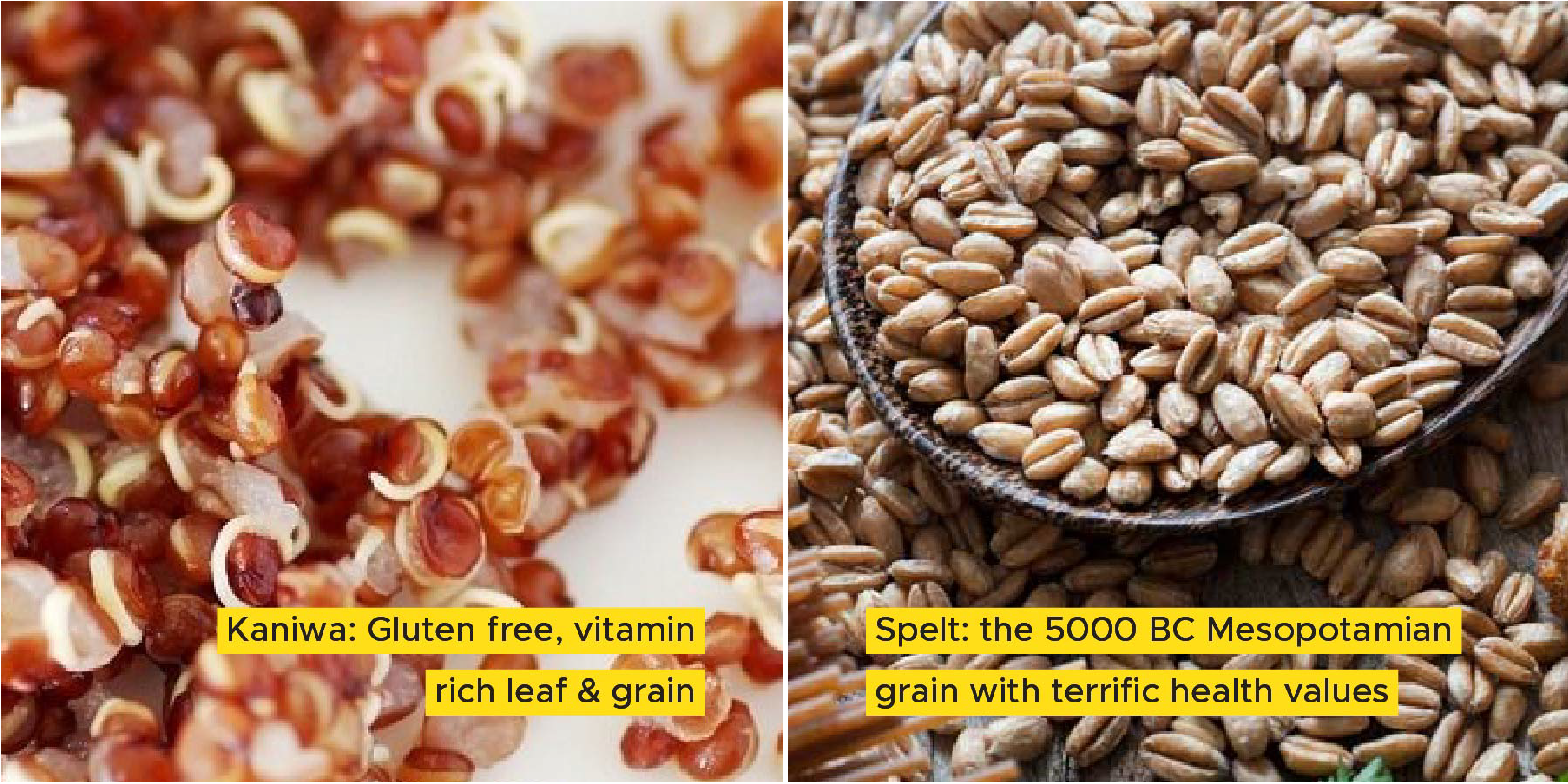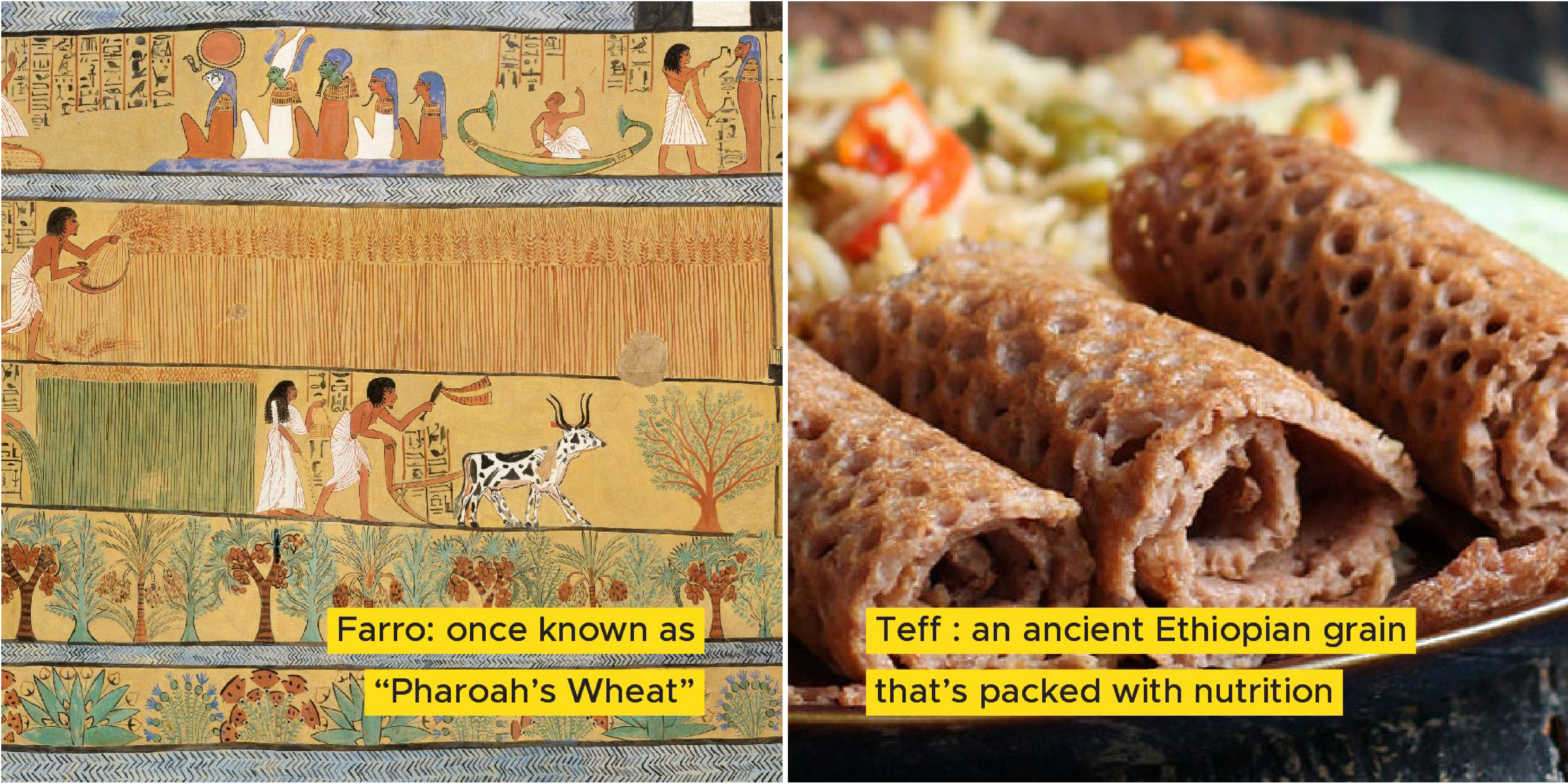Ancient grains making a comeback
Published: 26-Nov-2020 Category: Food Bulletin Newsletter

By Ashok Vasudevan
Ancient grains making a comeback
Modern wheat is a relatively recent crop, a hybrid descendant of ancient grains like spelt, einkorn, and emmer. However, with increasing interest in home baking and growing awareness about gluten-sensitivity, ancient grains have begun to re-emerge in our dietary landscape.
It’s not a technical term but simply refers to cereals (like kamut, bulgur), millets (foxtail, kodo millet) and pseudo grains (teff, kaniwa) that have been part of ancient culture for millennia and have not seen much scientific intervention - no genetic modification, hybridization or excessive use of synthetic fertilizers and chemicals. Apart from being “more natural”, these ancient grains also have higher levels of nutrients and minerals.
Ancient grains are now increasingly available in grocery stores, and cookery books and shows are also showcasing ways to cook and incorporate these wonderful grains in modern diets. Take a break from highly modified wheats and explore the amazing world of these purer grains that truly embody ‘ancient wisdom’.

Kaniwa: Gluten free, Vitamin Rich Leaf & Grain
Say hello to Kaniwa (or Cañihua), a pseudo grain that looks and sounds like Quinoa. Both contain all 9 essential amino acids. It's origins are in the Andes in S. America, and has been a staple for centuries. It can be cooked and used in recipes where you use wholegrains like quinoa. A ¼ cup uncooked Kaniwa provides a whopping 7g protein (14% DV) and 3g dietary fiber (12% DV).
Spelt: the 5000 BC Mesopotamian grain with terrific health values
A close member of the wheat family, Spelt is still consumed in Germany and Switzerland as ‘dinkelbrot’ bread. Mostly used as flour or as a steamed whole grain in salads, stews, and other dishes. A 100 gms of cooked spelt provides 15% DV fiber, 12% protein, 12% magnesium, 9% iron and 11% zinc. It’s very beneficial for heart health, diabetes, blood pressure, aids regularity and maintains gut health.

Farro: wholegrain from ancient Egypt, called “Pharaoh’s Wheat”
This ancient version of wheat has 3 strains, the most common of which is Emmer, consumed today in Europe. It’s a nutritious grain – a half cup of cooked Farro provides 4 g protein and 3.5 g fiber, almost double that of brown rice. Also packed with essential minerals and cyanogenic glucosides that help lower cholesterol, pressure and sugar, and boost immunity. The Pharaohs knew all this back then!
Teff: an ancient Ethiopian grain that’s packed with nutrition
Teff is a drought-resistant staple food crop of Ethiopia, dating back to the Abyssinian civilisation. It’s gluten-free and a good substitute for wheat or rice, and can be eaten as a cooked whole grain or ground into flour. A ¾ cup cooked teff provides 6.5g protein, 4g fibre & 21% daily value iron. It’s low GI, so it helps regulate blood sugar and its high fibre content regulates digestion.

